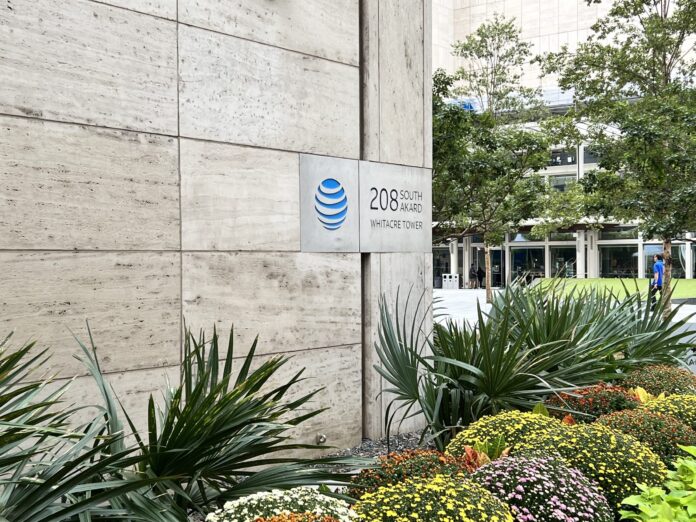AT&T sees AI, cloud and Open RAN decoupling network enhancements from a “cycle of virtuous Gs”
AT&T is in the early days of a massive radio access network (RAN) modernization program. The operator is investing $14 billion over a five-year deal with primary vendor Ericsson toward the goal of having 70% of network traffic running across open platforms by 2026. According to AT&T Vice President of RAN Technology Robert Soni, the big goal is to maintain focus on “continuous innovation and continuous delivery of new technology as opposed to putting us into a cycle of virtuous Gs.”
Soni, recently selected to serve as board chairman for the Telecom Infra Project, explained during the recent Open RAN Global Forum (available on-demand here) that industry trends around artificial intelligence (AI), cloud-native networking and Open RAN all “decouple” innovation from the roughly 10-year G cycle. “The ability to consume these new technologies, I think, is largely predicated on the ability to move to open and programmable networks…That will allow us, in the future, to potentially bring other players in.”
With Ericsson’s Cloud RAN portfolio, Soni said AT&T is taking a “crawl, walk, run” approach given the underlying shift in baseband architecture. Cloud RAN, he said, “allows us to run…the workloads for RAN in a distributed fashion with some functions centralized on a cloud-based platform.” Citing O-RAN Alliance standardization work, Soni called out the O1 interface “used for management and control as well as observability of the network on the workload side,” and the O2 interface that connects the service management and orchestration (SMO) platform to the open cloud platform. He also noted work around the R1 interface that connects third-party applications to the SMO.
Additionally on Cloud RAN, Soni said AT&T has conducted a trial in Red Oak, Texas, involving a three-site radio cluster. This was an opportunity to see “what actually are the challenges that we might face.” The next step, he said, will be larger-scale trials in Atlanta and Memphis to better understand “what does it take for us to scale Cloud RAN.” He expects a deployment inflection point in 2026.
AT&T is currently using Ericsson basebands and radios as well as radios from Fujitsu. Soni said the operator has completed a request for proposals and made an award for an additional third-party radio provider that he didn’t disclose. He said the focus in on small cell densification. “That is coming and we’re pretty excited about them entering our network as a radio provider. We’re not done there.”
Looking at how the move to Open RAN will translate to customer experience, and link up to network monetization, Soni discussed larger trends around the move to 5G Standalone (SA) and cultivation of open APIs that expose network data to third-party application developers. With regard to 5G SA, he said, “We anticipate a lot more differentiated services being able to be offered to consumers. Of course, we have to make sure it’s available to every application. But the opportunities exist for us to provide that not just to mass market, to consumer, but also to enterprises to have differentiated services on-demand when they need them.”
He continued: “That’s a huge part of this story itself, and it leads back to our overall vision on exposing more of the network and providing network APIs and visibility in the network. Those kinds of things will ultimately translate into direct user experience impacts.” He added that enhancements around RAN energy efficiency—AT&T spends about $1 billion per year on power for its RAN—to create a cycle where opex reduction is converted to capital investment, letting the company build more infrastructure that, in turn, will further benefit AT&T customers.


